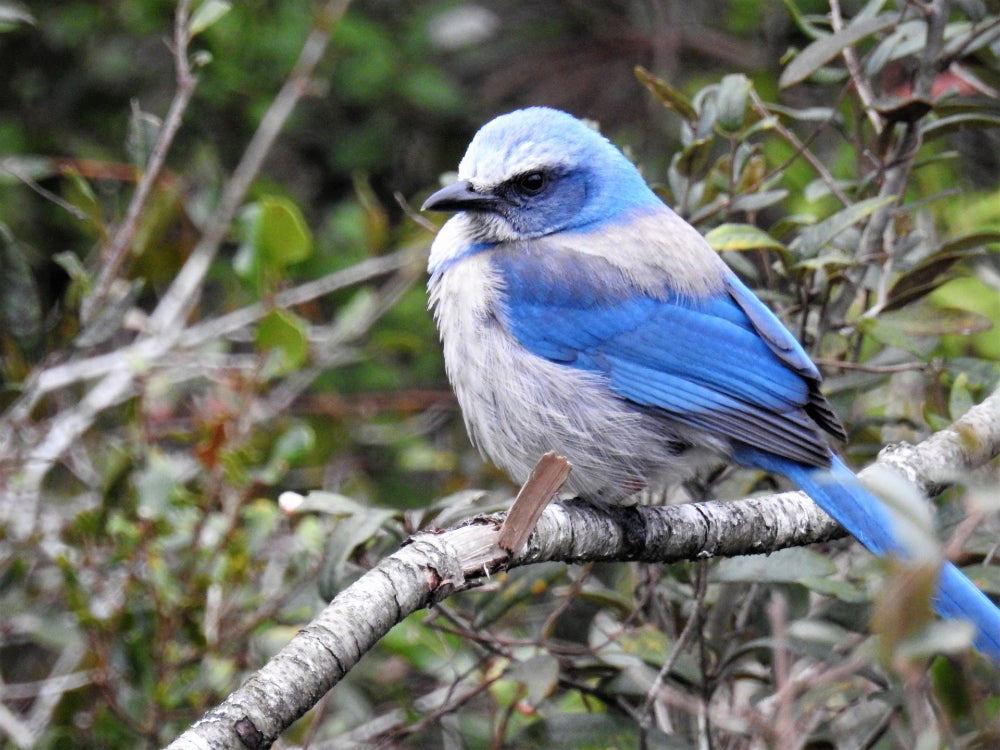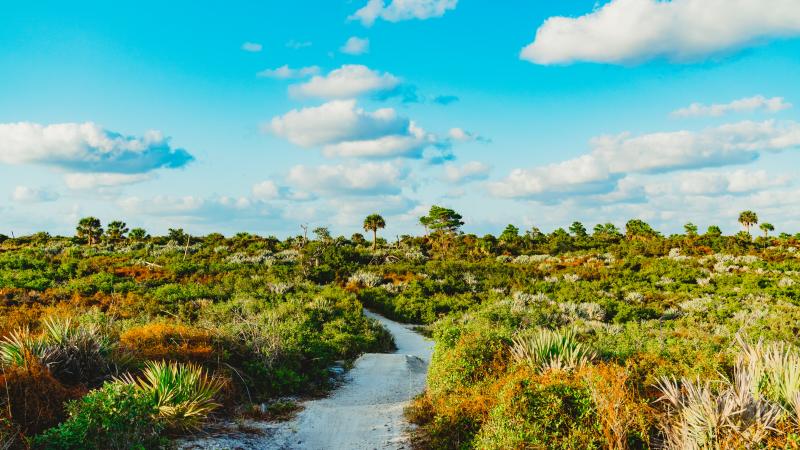
Fueled by Fire: Seven Animals that Rely on Prescribed Fire

Whether high up in the trees or deep in underground burrows, animals across Florida live in habitats that are adapted to fire.
Some need fire to clear out space on the ground, while others benefit from the way fire softens trees for nesting.
In the absence of wildfires, we use prescribed fire to mimic these natural processes for wildlife habitat. These seven Florida species depend on prescribed fire for their survival.
Gopher Tortoise

Among Florida’s most identifiable reptiles, gopher tortoises are also one of the most important. Named for the long burrows they dig in the ground, gopher tortoises eat low-growing plants like prickly pear cacti and grasses. Prescribed fires clear out taller trees and shrubs that block sunlight, making it easier for the shorter plants that make up a gopher tortoise’s diet to grow. Additionally, gopher tortoises need that extra sunlight to warm themselves when the weather gets cold. And the ecosystem needs gopher tortoises, too: Over 350 other species of animals use gopher tortoise burrows in some way.
Florida Mouse
Skittering over sandhills and through the scrub, the Florida mouse thrives in the state’s drier landscapes. They seek out the burrows of other species, usually gopher tortoises, inside which they dig their own burrows to raise their young. Fire keeps the habitat these mice rely on open and spacious so that they and other species have plenty of places to carve out their homes.
Red-Cockaded Woodpecker

For red-cockaded woodpeckers, raising the next generation is a family affair. Before they reach breeding age, young red-cockaded woodpeckers help their parents raise babies, foraging for new hatchlings. These woodpeckers nest in tree cavities. Most of the trees suitable for their nests grow in old, well-maintained pine forests. Prescribed fires help keep these habitats healthy enough for the woodpeckers to call home.
Brown-Headed Nuthatch
Meet the brown-headed nuthatch! Once common in the fire-adapted habitats of Jonathan Dickinson State Park, these sweet little songbirds disappeared for several decades due to fire suppression. Fires kill a few of the trees on the landscape, and the softened wood of these dead trees is perfect for nuthatches looking to carve out their nests. After a fire, new plant growth attracts a lot of bugs, which the nuthatches eat. Through a combination of supportive partner organizations and a responsible use of prescribed fire, brown-headed nuthatches are back and thriving.
Flatwoods Salamander
Did you know that flatwoods salamanders are federally protected? Salamanders have a reputation for being wet and slimy, but they require heat and fire to survive. Salamanders live in North Florida pine forests, which are fire-adapted habitats. In the winter, our slippery friends use temporary wetlands to lay their eggs.
Florida Scrub-Jay

Searching for Florida scrub-jays? Don’t look too high up in the forest! Unlike most of our feathered friends, scrub-jays roost in low-lying shrubs rather than towering trees. The scrub habitat they rely on thrives because of prescribed fire, which clears out the bigger, taller trees and lets the shorter shrubs thrive. Scrub-jays prefer the wide, open habitats because it allows them to see far into the distance, so the whole family can be on the watch for predators.
This article was published in the Real Florida ℠ Connection, the Florida State Parks e-newsletter. Sign-up to get updates and stories from your state parks the first week of every month.


